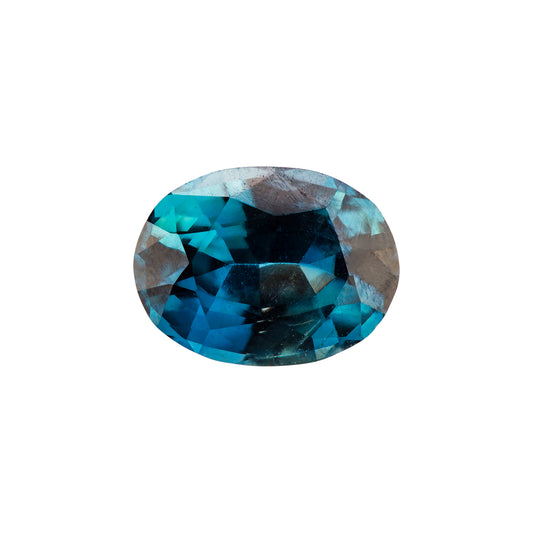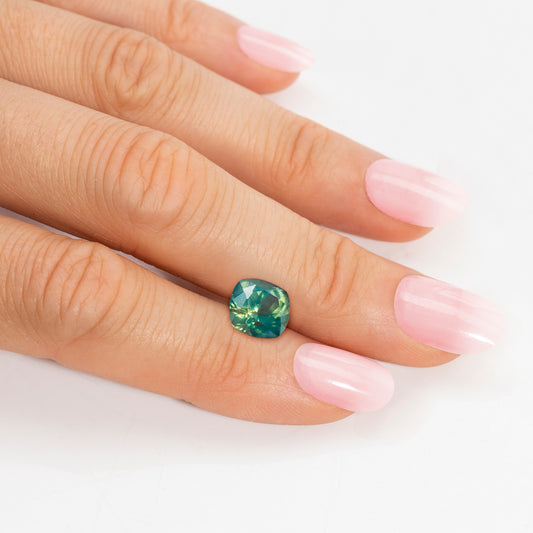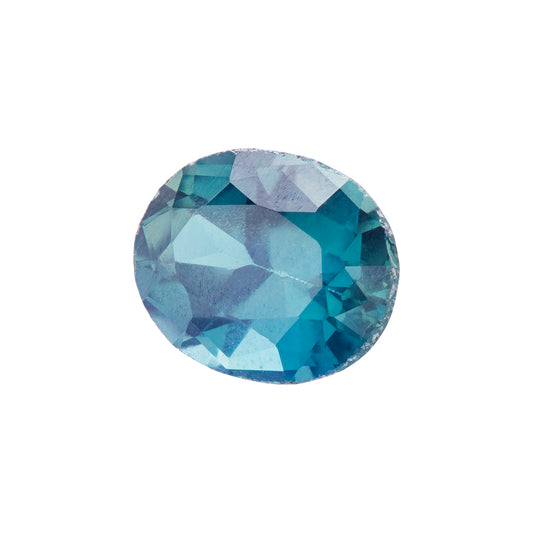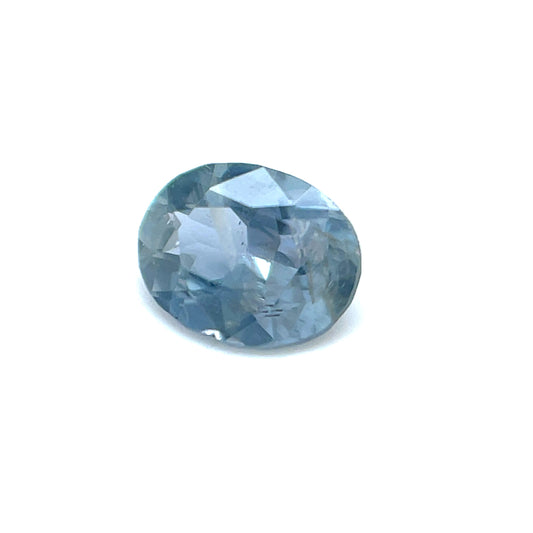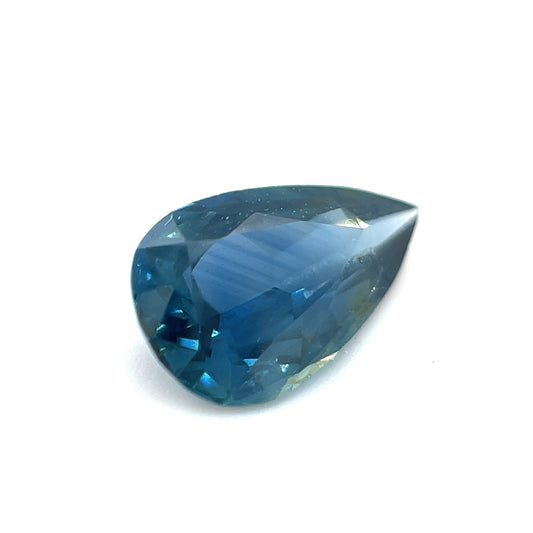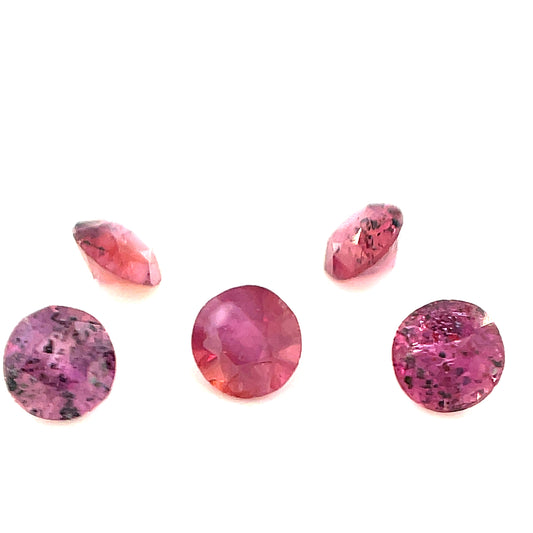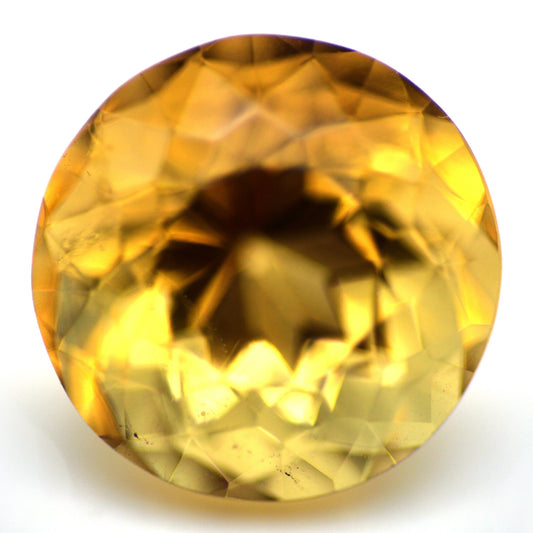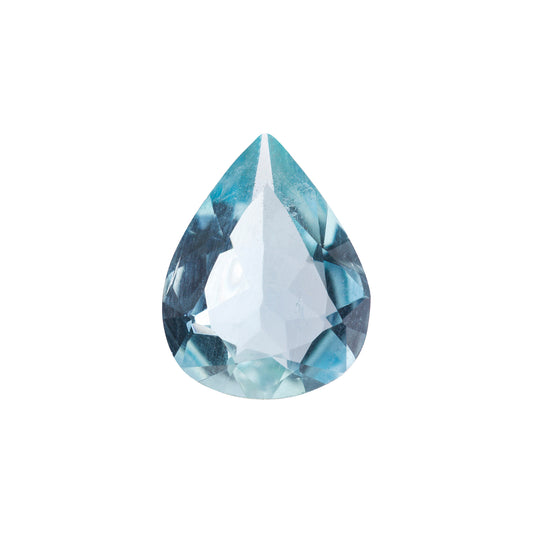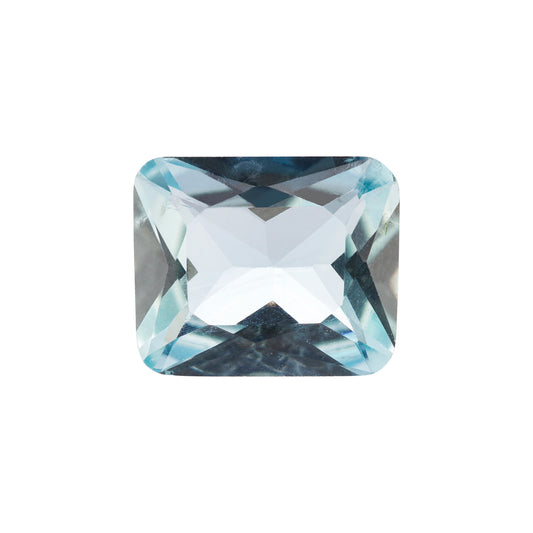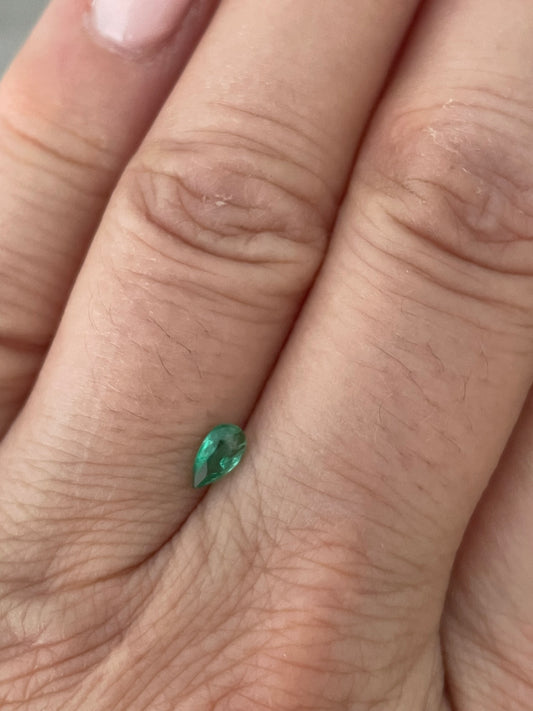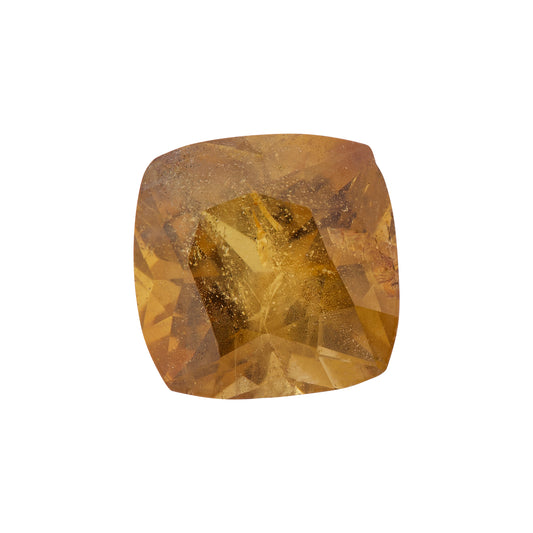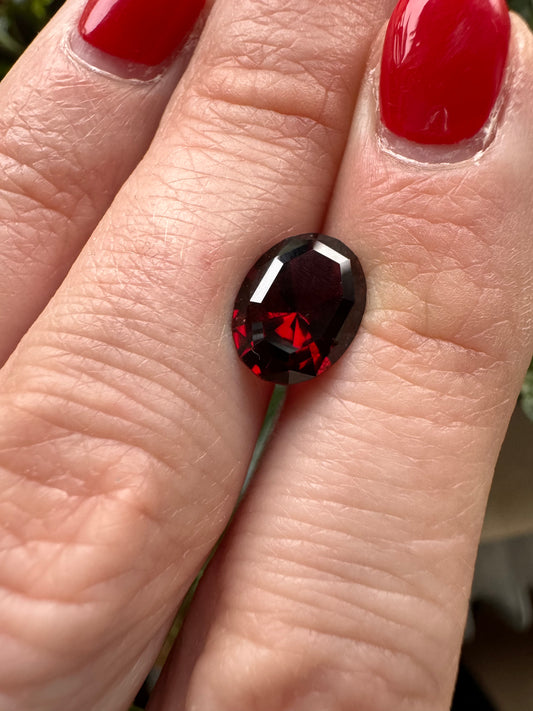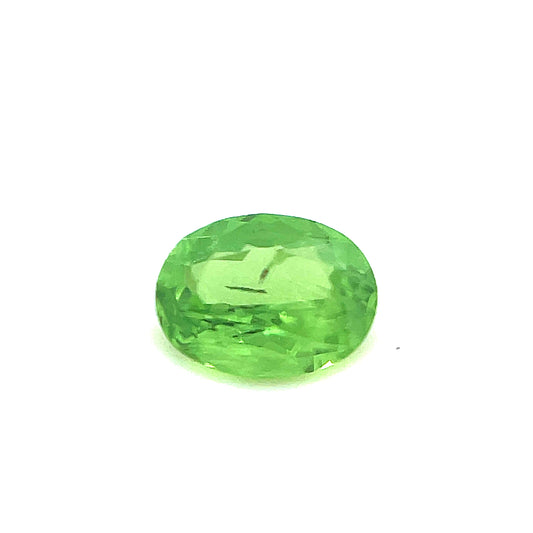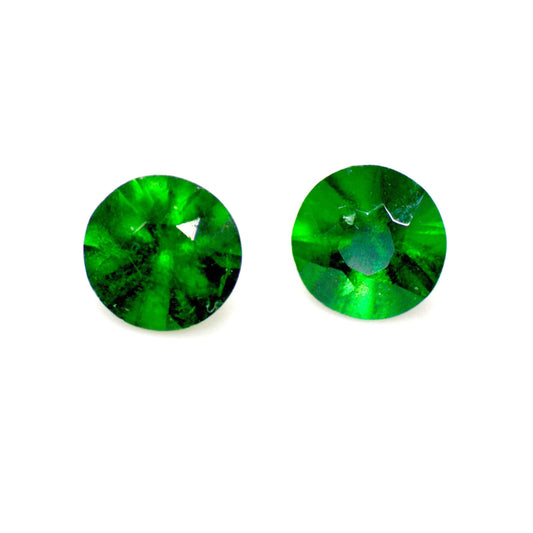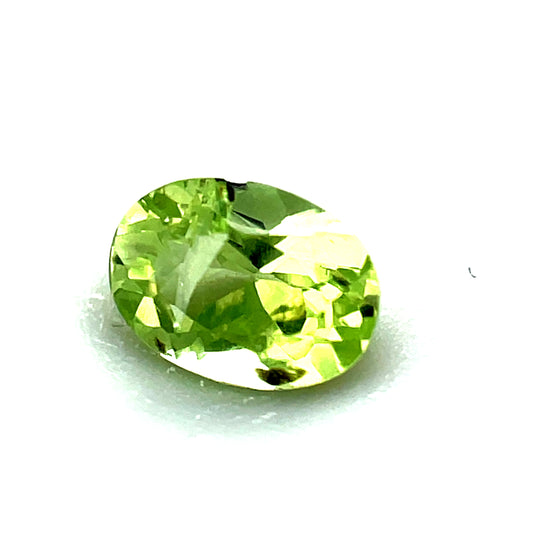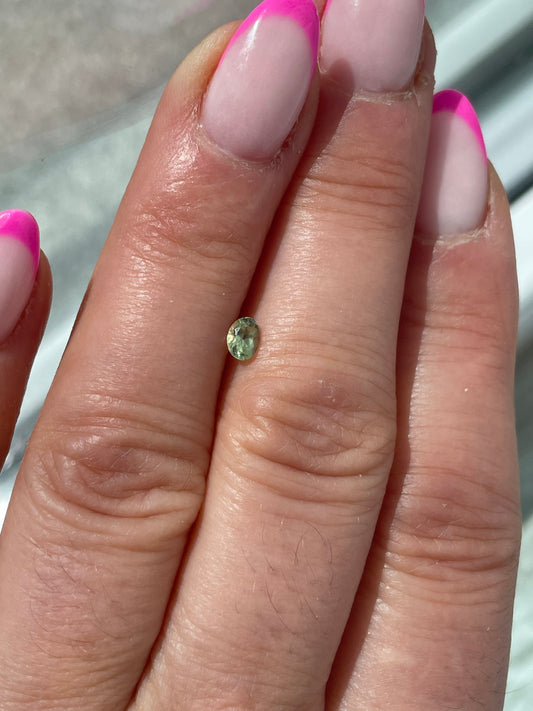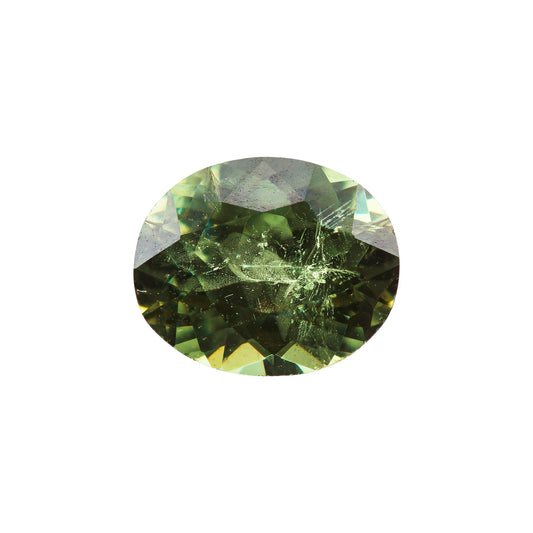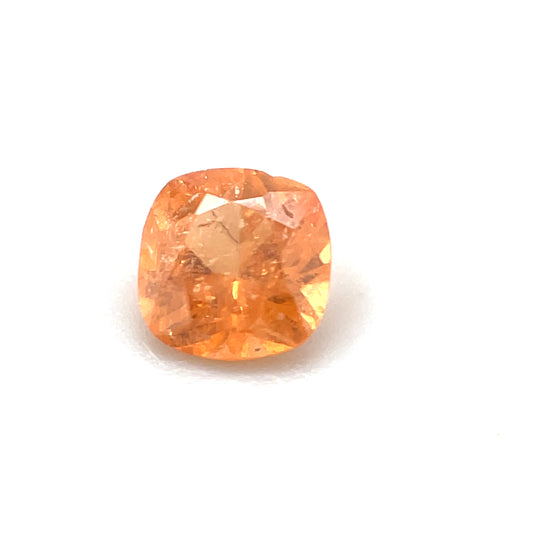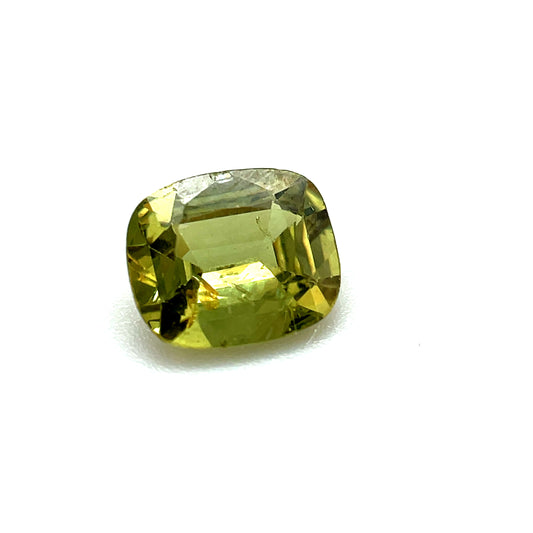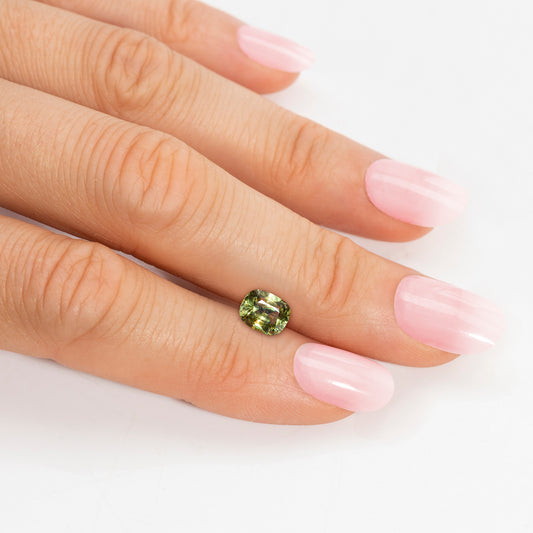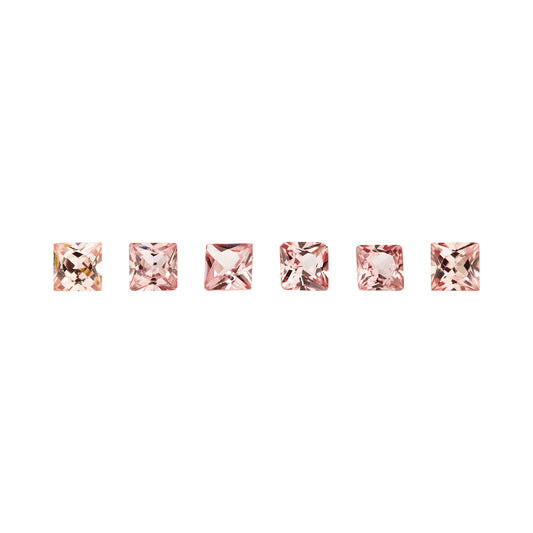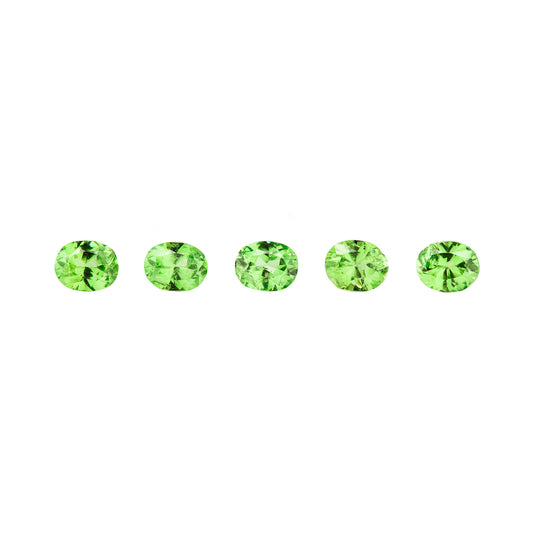Inclusions in gemstones are fascinating features that add to the charm and uniqueness of each gemstone. They are formed during the growth process of the gemstone in the earth's crust. Different factors such as pressure, temperature, chemical reactions, and movement of liquids or gases cause other materials to become embedded in the gemstone's crystal lattice.
Variety of inclusions
Inclusions can come in a variety of shapes and sizes, from tiny microscopic particles to larger inclusions visible to the naked eye. The type and extent of inclusions vary depending on the type of gemstone. Some gemstones may be virtually inclusion-free, while others are more likely to have inclusions.

Common Inclusion Types
There are several types of inclusions that can occur in gemstones:
1. liquid inclusions: These are formed during the crystallization process when liquid materials are included in the growing crystal structure. The liquids can be water, mineral oils, or other solutions that enter and become trapped inside the gemstone before the crystal takes its final form.
2. Gas or air bubbles: Similar to liquid inclusions, these are small bubbles that contain gas or air.
3. Crystal inclusions: These occur when small crystal nuclei or crystal nuclei of other minerals form inside the gemstone during the growth process and become firmly embedded in the crystal lattice. These crystal inclusions can create a variety of effects and patterns that affect the beauty and uniqueness of the gemstone.
4. Needle or Tube Inclusions: These inclusions resemble tiny needles or tubes and can come in a variety of colors.
5. Voids: Occasionally, voids are created in a gemstone when an inclusion material is removed. These voids may be filled by additional minerals or fluids.
6. Cleavage and Crack Contents: Natural cracks or fissures in the gemstone may be filled with other materials, creating colored or dark lines and patterns.
7. Mineral inclusions: Other minerals may be present as inclusions in gemstones. These inclusions can even increase the value of the gemstone if they are rare or aesthetically pleasing.
8. Fibrous Inclusions: Fibrous inclusions create silky lines or patterns inside the gemstone. A well-known example is the "cat's eye" effect in cat's eye chrysoberyl.
The importance of inclusions
The type and extent of inclusions are considered when appraising a gemstone and can greatly affect its value. A gemstone with few or nearly invisible inclusions is often considered to be of higher value than one with many obvious inclusions. The type and appearance of inclusions can be used to identify and distinguish the gemstone from other stones.
Personal preferences and inclusions
The perception of inclusions often depends on personal preferences, aesthetic preferences, and the intended use of the gemstone. Some jewelry designers and collectors deliberately seek out gemstones with interesting and attractive inclusions, viewing them as a type of "natural artwork." Such inclusions can add character and individuality to the gemstone and distinguish it from other stones of the same type.
On the other hand, there are jewelry lovers who look for clear and inclusion-free gemstones, as they perceive them as more classic and traditional and prefer high purity. For them, inclusions can be considered a nuisance.
Conclusion
Inclusions are an important part of the natural beauty of gemstones and can have several effects. They give each gemstone its unique personality and tell the fascinating story of its creation process. Ultimately, choosing a gemstone should be based on personal perception and the intended purpose of the jewelry. Whether you appreciate the charming inclusions or prefer a clear purity, gemstones in all their facets are truly nature's works of art to be discovered and admired.


